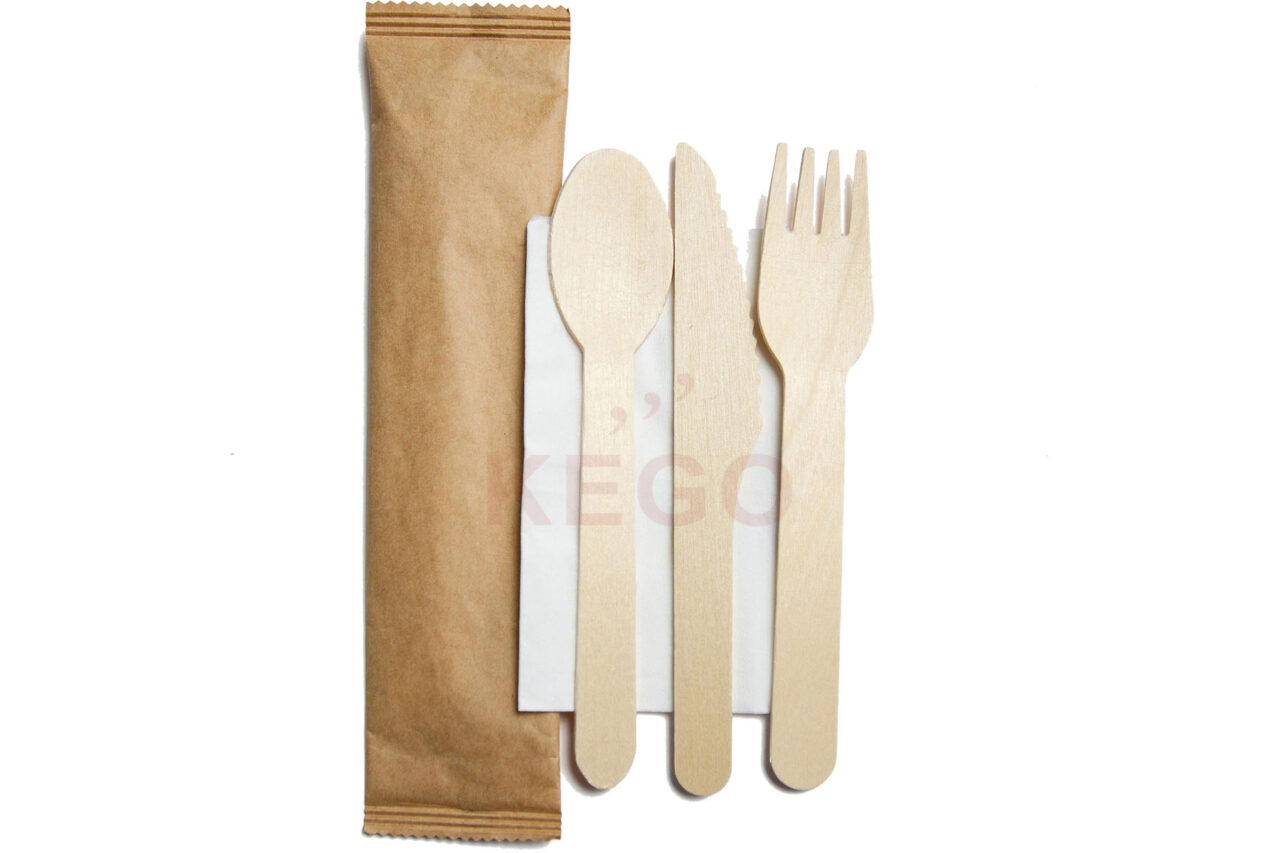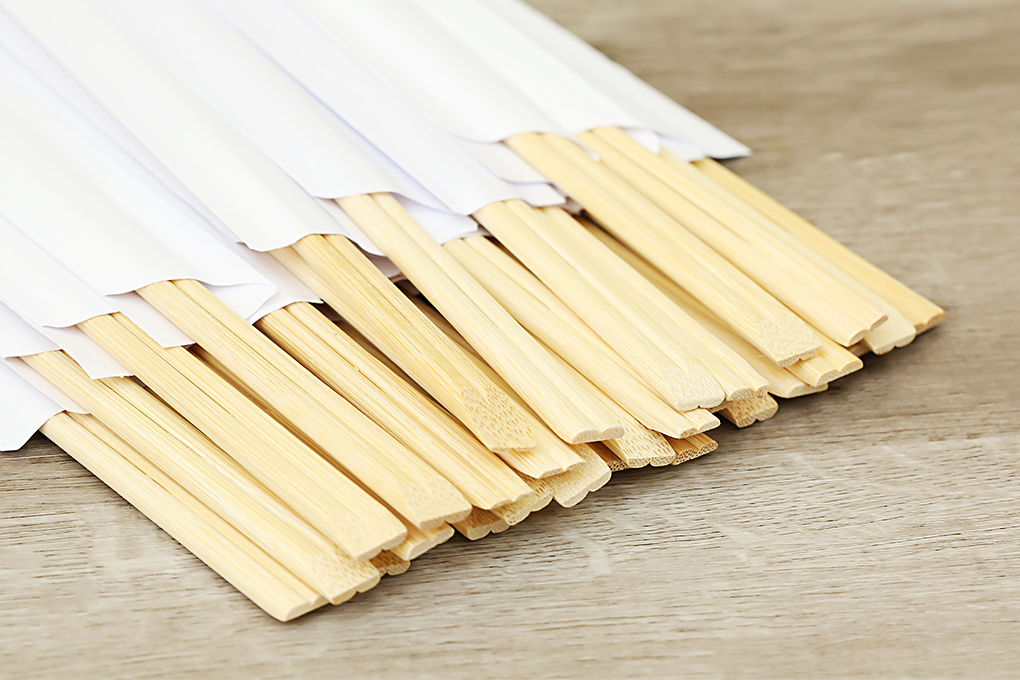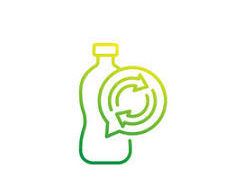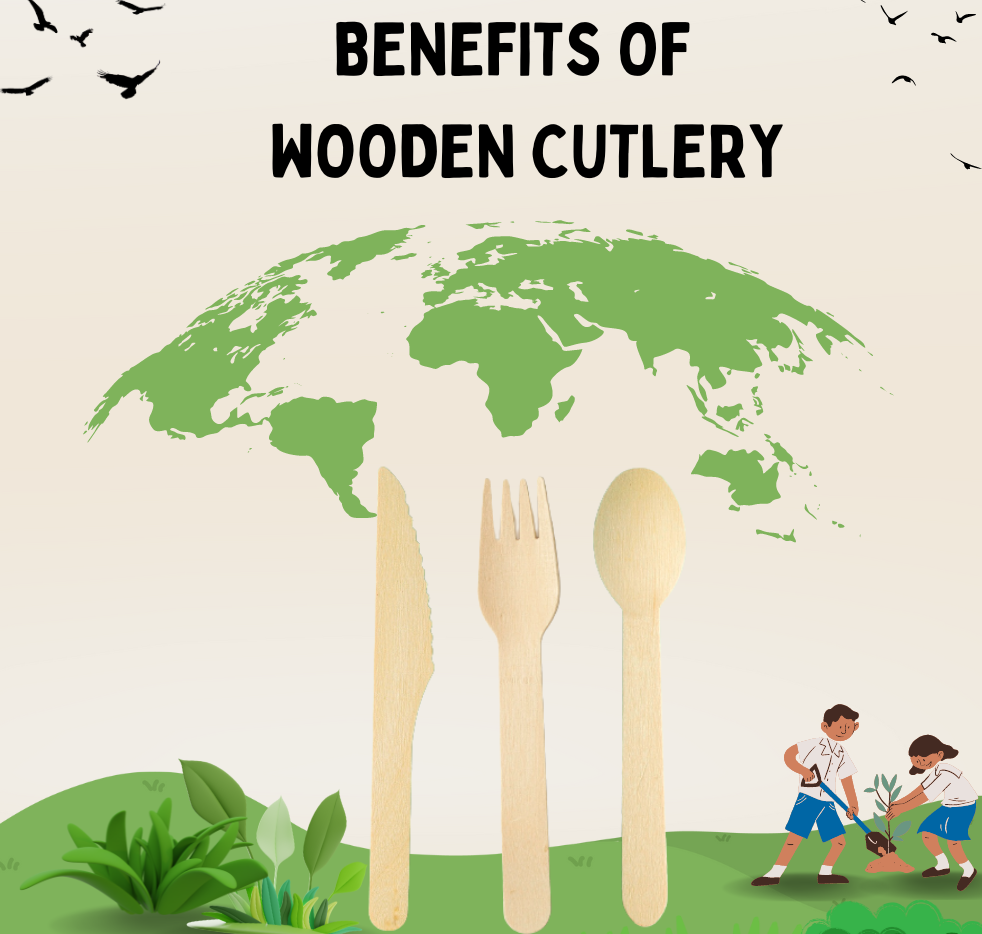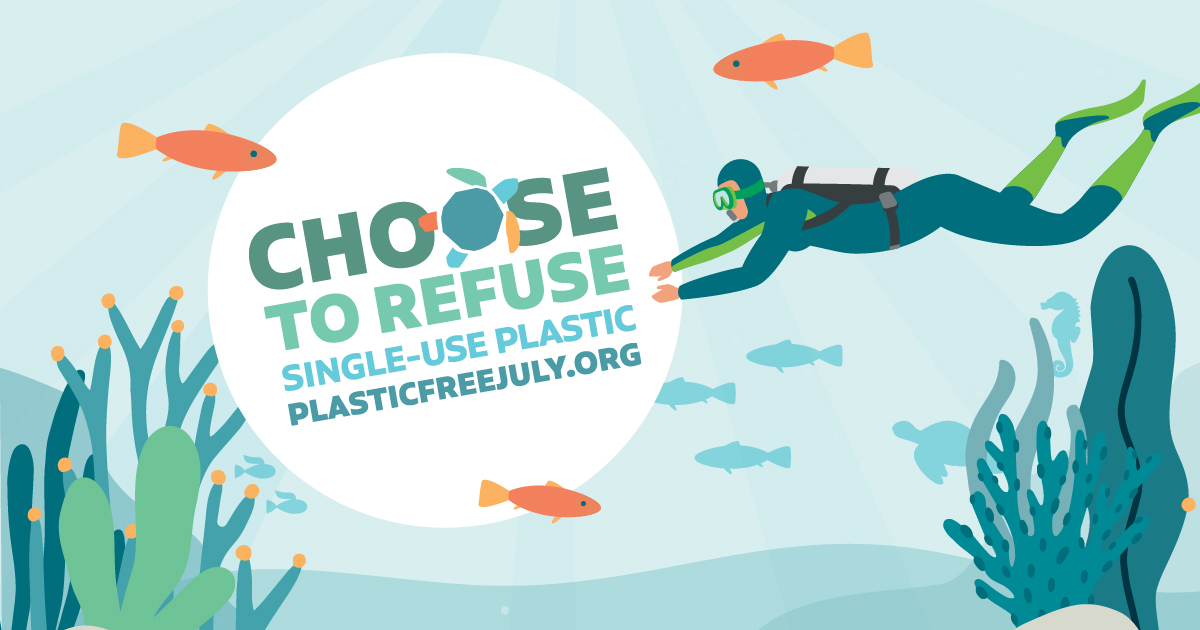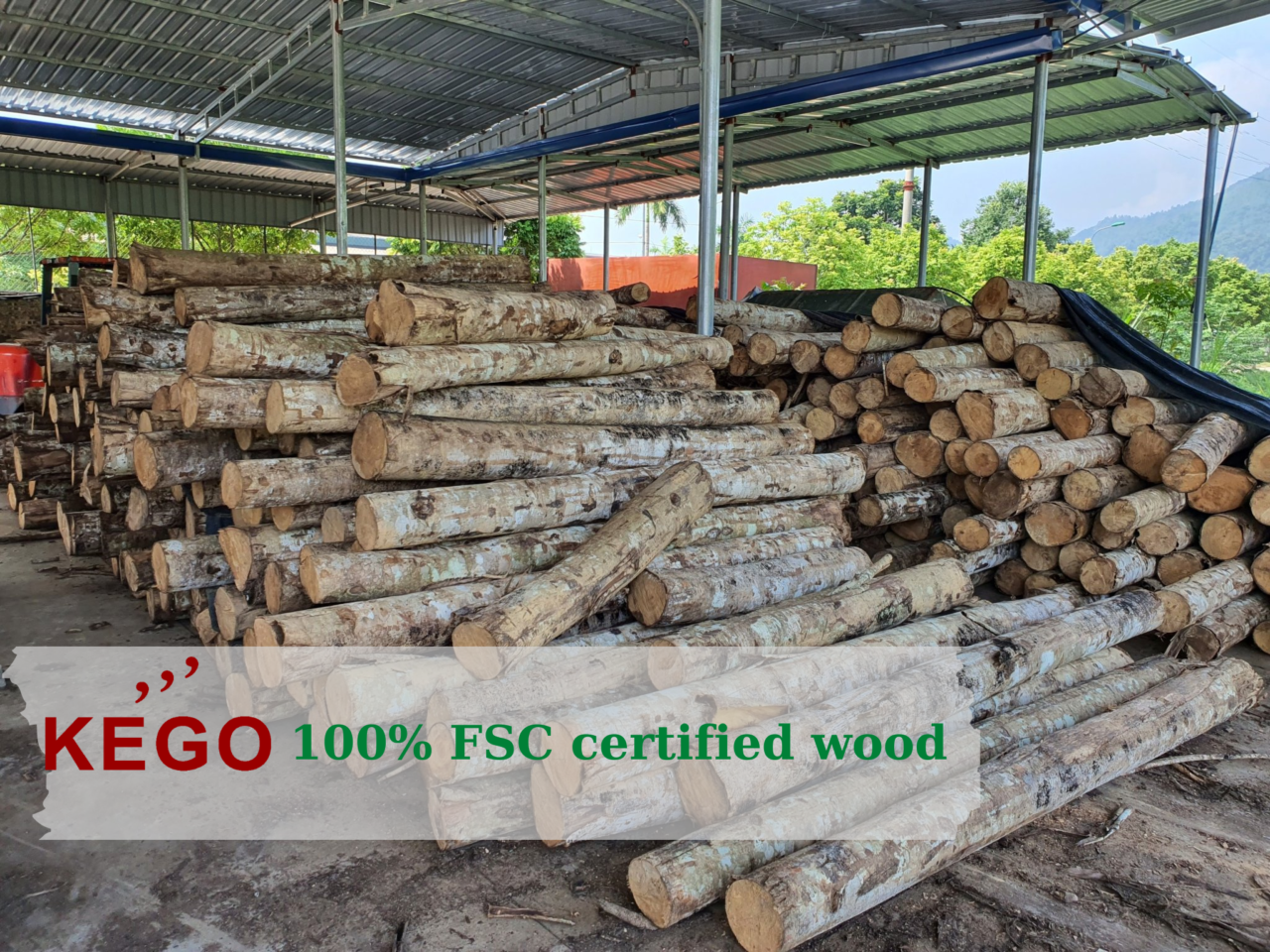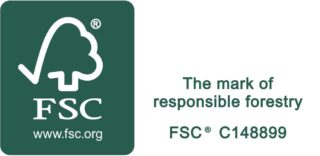Eco-friendly
If you are looking for a natural and sustainable alternative to plastic disposable cutlery, Aevia’s wooden cutlery may be the answer. Made of birch wood, these disposable wooden cutlery sets are sturdy, heat-tolerant, and biodegradable. They are a great option for most meals, as well as special occasions such as birthdays and parties. These eco-friendly cutlery sets are also ideal for coffee shops, craft projects, and fast-food restaurants.

